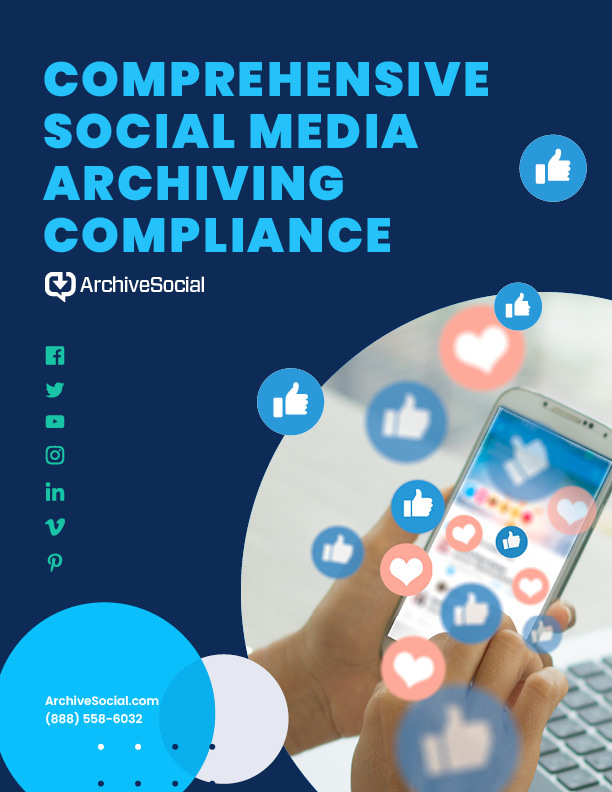The blogosphere is all atwitter (pun intended) about police using social media. But there is not nearly as much buzz about how fire departments use social media. It’s no surprise, really, given the amount of bad press fire departments have gotten lately as a result of embarrassing missteps on social media sites.
Hazing incidents inside fire stations have gone viral on YouTube, patients privacy rights and HIPPA regulations have been violated when pictures are posted on firefighters personal accounts, and there is no shortage of examples of firefighters posting pictures of themselves doing — shall we say — “unbecoming” things while in uniform.
Unfortunately, the mistakes of a few are impacting how departments across the country view social media. Fire departments are missing out on the benefits of social media as a tool to build goodwill within their communities and improve citizen engagement and communication. The good news? Fire departments CAN use social media effectively!
The number one priority for fire service leaders should be creating a social media policy.
Social Media Policies for Fire Departments
Curt Varone, a career firefighter, practicing lawyer, and the Director of the Fire Service Division of the Legal & Liability Risk Management Institute, is the go-to guy for social media law in fire agencies. He’s written over 100 social media policies for fire departments across the country. In New Hampshire Town and City magazine, he outlined four key points that every social media policy should include:
- No member, while speaking as a private citizen on a matter of public concern regarding the fire department, shall speak in such a way as to cause actual harm or disruption to the operations of the department
- Members may speak on a matter of public concern as a spokesperson for the department only with permission through the chain of command.
- Members are prohibited from publicly discussing fire department matters that are confidential, including matters that are under investigation; patient and employee information protected by HIPAA and/or medical confidentiality laws; or personnel matters that are protected from disclosure by law.
- Members shall not engage in speech that is false, deceptive, libelous, slanderous, misleading or causes harm to others, including speech that constitutes hate speech, or harassment; nor shall members discuss protected or confidential matters of the department.
It is also critical that fire departments, like other public entities, institute a record retention policy. Remember: social media is a public record.
Using social media effectively: Los Angeles Fire Department
Los Angeles Fire Department is truly a Gov 2.0 pioneer, and a great example of a fire department using social media effectively. LAFD’s social media arsenal includes Facebook, Twitter, Flickr, and a blog.
Of all of their tricks of the trade, we’re most impressed with how they’ve designated 3 points of contact (POCs) who, in addition to their other duties, work in shifts to man the social media accounts.
Followers get to know the firefighters as individuals — they often sign off on their Facebook posts and non-emergent tweets with their name or initials — and the system helps to ensure that the department’s message is centralized and controlled.
We want to hear from you! What fire departments are you following on social media?



